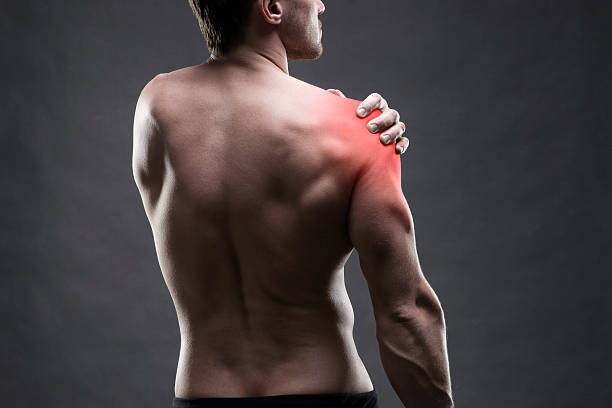Most effective treatment for muscle strain

When an overused muscle strain finally gives out, that’s when the damage is at its worst. fatigue of the muscles brought on by haste or rough treatment. The degree of discomfort experienced after a muscular injury varies greatly depending on the affected muscle or muscles. The typical dosage for muscle pain relief is Aspadol 100mg.
Muscle stains have been linked to a wide variety of unpleasant side effects, including inflammation, atrophy, decreased mobility, stiffness, bruising, redness, spasms, and discomfort. As a result of trauma, a tendon or muscle may take on a different hue.
Pain in the muscles and tendons isn’t usually due to overuse.
Although though many hypotheses have been given to explain muscular tension, only a small number have been proved to be correct.
When athletes train hard without first warming up and cooling down, they increase their risk of muscular injury. An increased risk of muscle rips occurs when an athlete loses their equilibrium.
Incorrect lifting practices are a leading cause of tendon ruptures.
Muscle strain is a common problem among athletes and gym rats due to the intense and prolonged demands placed on their muscles.
Thus, this treatment is fantastic for warding off muscle tiredness.
If you have been experiencing pain due to a muscle strain, your doctor may prescribe Aspadol 200 or Tapaday 200.
Muscle sprains, no matter how severe, usually heal in a week to ten days. If you misuse or damage your muscles, you may experience persistent pain and stiffness for several weeks or months.
This article will examine the evidence for many common treatments for musculoskeletal pain.
massage
When feeling pain, it is human nature to look for ways to lessen it. To see if it helps you unwind, give it a try. Massage, whether administered by a trained professional or performed on oneself, is an effective method for easing muscle tension.
Both the relaxation of muscles and the subsequent increase in blood flow promote healing. Applying pressure to the incision after the pain has subsided may be helpful.
When a muscular injury heals in a week or less, physical treatment is usually unnecessary (PT). A visit to a physical therapist is more likely to be beneficial after any time of inactivity. It is common practice to employ physical therapy as a first line of defense against a method of controlling musculoskeletal pain.
Cryotherapy
Cryotherapy, the use of extreme cold to treat patients, has a long and distinguished history in medicine and an excellent reputation for patient comfort and safety. Using a cold compress to a wound can help speed healing and ease the discomfort of waiting for the wound to close.
Using an ice pack on a wound after twenty minutes increases the chance of further harm. None of the discomfort or stiffness you’ve been feeling will bother you anymore.
Heat therapy is the best treatment for aching muscles. To alleviate pain, heat is commonly used. You may buy these ready-made, or you can stitch rice into an old sock and use that.
In certain cases, heating the sore muscle can help ease the discomfort. If you’re having trouble sleeping, you may still take care of yourself by relaxing your achy muscles.
Ideas for Slimming Down
When pressure is applied to the bandage and wound, it may help reduce the pain and swelling. Increased blood flow expedites the delivery of oxygen and nutrients to an injured area. Before major surgery is required, a stretchy bandage can help with minor sprains.
Research suggests that the time it takes to treat a tired or painful muscle after wearing compression stockings or socks is significantly reduced.
Medication is a common remedy prescribed by doctors for common symptoms like nausea, muscle cramps, and anxiety.
If the doctor diagnoses a strain rather than a complete tear, the patient may be prescribed a muscle relaxant. There are times when you can buy muscle relaxants without a prescription at a drug store.
Muscle relaxants can alleviate both sudden, severe cramping and chronic, debilitating spasms.